
You are planning to go to Japan for the first time and are wondering about Japanese currency.
Should you get currency at the American airport or local bank before going to Japan? Should I wait until you get to Japan?
Here is my advice when it comes to someone getting Japanese currency for the first time before leaving to Japan.
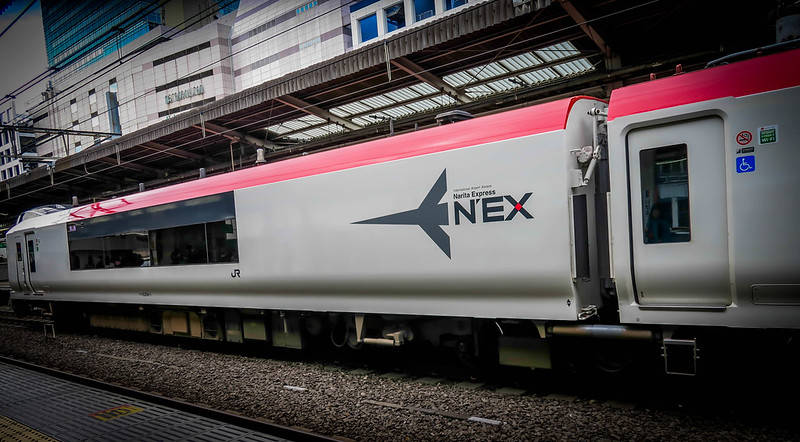
I. SHOULD I THINK ABOUT CURRENCY CONVERSION?
Yes and no. I often look at currency exchange when I’m purchasing something in Japan, from a site like Amazon Japan but rarely am I concerned about state of currency during my travel to Japan because I always round things off. The other time I look out currency conversion is when I exchange US dollars to get Japanese yen.
While, it’s good to have currency converters such as XE to turn to, my rule of thumb is to keep it simple. For pre-planning and early budgeting, I always tend to think that if I’m wanting to spend $3.00 (I’m going to use US dollars as an example), it’s going to cost Y300 (a.k.a. 3oo yen, can be seen as 300円 or ¥300).
If it’s $30.00, it will be Y3,000 and if it’s $300, it will be Y30,000. And most of the time, you will save money. For example, as of September 7th, $3 US is equivalent to Y325. So, just keep it simple. So, currently you are getting more for your buck. But remember this, currency changes daily!!!
So, keep it simple, round it off and don’t get too fixated on the currency costs when budgeting your trip to Japan.
When working on your budget, plan early and make sure you have a minimum spending limit.

II. HOW MUCH YEN SHOULD I TAKE OUT BEFORE GOING TO JAPAN?
Depends on how far you are traveling from the airport. For simplicity sake, let’s assume you are going to Tokyo. Personally, I prefer to spend only $100 for currency conversion if it’s enough to get me from the airport to my hotel. Sometimes $150-200. The first $75-$100, I put that all towards my Suica Card, which is important for those riding the trains in Japan. The other $75-100, I keep for emergency spending or to grab something to eat and to pay for the ticket from Narita Airport to the station closest to my hotel.
To play it safe, know that if you are going to ride Narita Express from the airport to a station on the Yamanote Line, expect to pay Y2990 (one way).
The rest of my currency transactions are done at 7-Eleven Japan. This is the safest and quickest way to withdraw money if you are traveling to Japan. Just walk into a 7-Eleven and use your card to withdraw money. It’s quite simple!


III. DO I NEED TO PUT MONEY INTO MY SUICA CARD IF I HAVE A JR PASS?
Yes. The JR Pass only works for JR trains, it does not work for the subway or non-JR transportation. The Suica is convenient and many people can get by for their trip only spending less than $50 but I tend to travel a lot and do not get a JR Pass for my entire trip. I only get a JR Pass to cover long distance travel and the rest, I go by Suica (there are other IC Cards such as Pasmo).
Click here on my Guide on How to get a JR Pass
Click here on my Guide on How to get a Suica and Pasmo Card and Add Money to it
IV. WHAT DOES JAPANESE CURRENCY LOOK LIKE?
Japanese currency looks like the following:

courtesy of Japan-scene.freehostia.com
Japanese currency looks like the following above. When you get currency, expect to get these paper yen. Remember, keep it simple… Think Y1,000 as $10, Y2,000 as $20, Y5,000 as $50 and Y10,000 as $100.

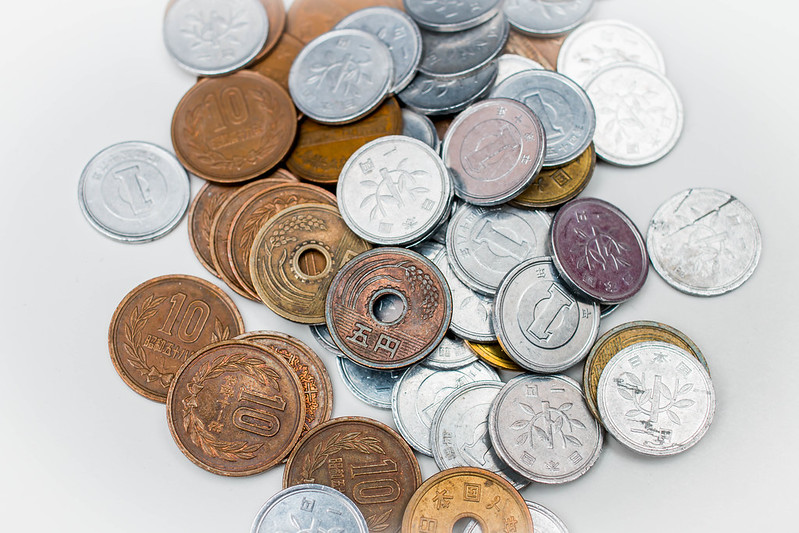
One thing I recommend bringing on your trip is a coin wallet or something to hold a lot of yen that are coins. Reason being is before your trip, you are going to have a lot of it, if you don’t use it that much. Because Japanese coins will accumulate quickly.
So, expect to get a lot of Y500 (gold color and larger of the coins), Y100 (largest of the silver and can be distinguished by its ridges on the edge), Y50 (silver with a hole in the middle), Y10 (bronze bigger coin), Y5 (bronze/goldish with a hole in the middle) and Y1 (small silver, feels almost like it’s made of plastic).
So, let’s do a pretend purchase… You plan on getting two meals and two drinks.


You will notice that these two dishes have two prices. Using the bottom photo as an example, the price is Y462 but with tax, it becomes Y498. So, for the two dishes, Y450 + Y498. So, the total is Y948. Add two drinks that are Y200 each. So, Y400 total for drinks + Y948 for food and the total comes to Y1,148. No problem to pay as you have two Y1000 bills (Y2000 total) and so you pay and you get Y852 back. Which is a Y500 coin + three Y100 coin, a Y50 coin and two Y1 coins.
So, you can see how these coins will accumulate through your trip quickly.
Let’s do another pretend purchase.
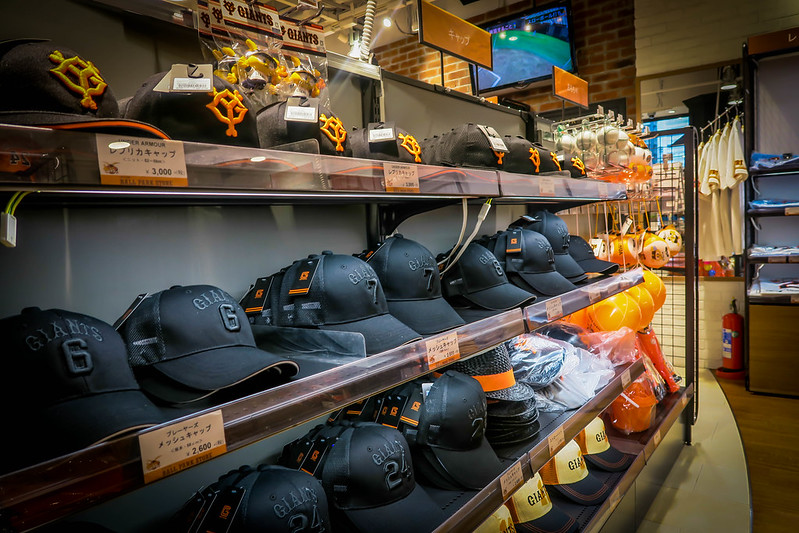
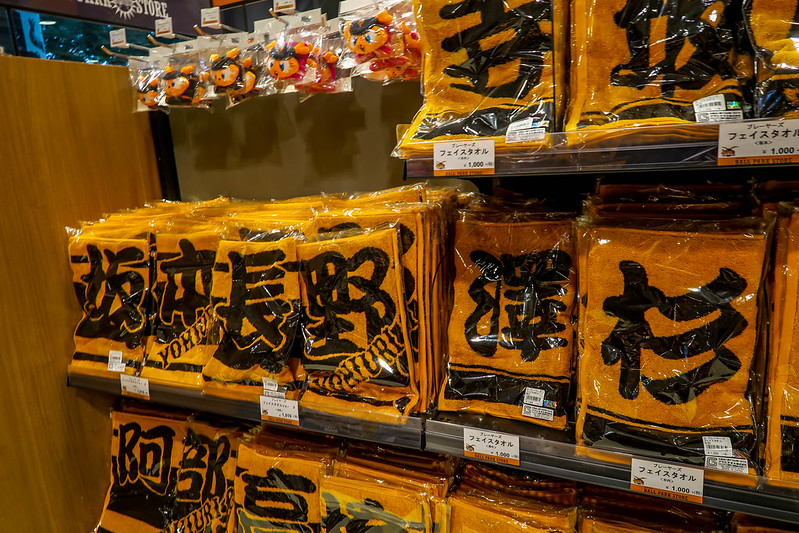
You are at Tokyo Dome and went to a baseball merchandise shop and you see a Yomiuri Giants hat for Y3000 and you get both versions (Under Armor and Adidas), so the total is Y6000 (think $60) and a towel for Y1000. With tax, it will cost you Y7800 . So, you will need one Y5000 and three Y1000 to pay for the item. And so, you get back two Y100 coins.
V. I ACCUMULATED SO MUCH COINS AND I’M HEADING TO THE AIRPORT TO GO BACK HOME
Well, if you have a layover, then the good news is that you can use your accumulated change to purchase things at the Duty Free shop or a drink or food at the various restaurants inside the hotel. While, you will probably spend most of your Y500, Y100 coins. Don’t be surprised if you have a lot of Y50, Y10, Y5 or Y1 coins when you come back home.
Also, if you have a lot of Japanese yen (cash), then you can exchange it at the airport for your country’s currency.
VII. WHAT’S A GOOD RULE OF THUMB?
Let’s assume you have saved a good amount of money for your trip. I believe you should have Japanese yen (Cash) on you at ALL TIMES. Because a lot of places don’t take a credit/debit card and require actually cash money.
So, always make sure that you start off your morning, if you don’t have much money on you, head to 7-Eleven and withdraw money. For me, my personal rule of thumb is $50-$100 withdraw per day depending on how much you expect to spend per day. If you are a high roller and eat at expensive sushi and Kobe steak restaurants, then expect to withdraw a lot more.
Know that many places in Japan take the usual VISA and MASTERCARD. But many places do not take American Express or Discover Card, nor do they take travelers checks. But because many do not take cards and require cash, it’s always good to have cash in advance.
Also, If I need to spend much more, I know I have my card with no transaction fees with me to pay for the large purchases. Also, it comes handy if you need to add more money to your Suica or if you forgot your Suica card in your hotel (which I have done once before).
And there is one thing I want to mention, it’s when you go to convenience stores or restaurants. When you pay, there is a little dish, where you put your cash or credit. Money exchanges are not done by hand like we do in the United States. So, when you pay, put your card/cash on the the little tray. When you get change, they will put it in the tray.
How to get a free debit card with no foreign transaction fees for travel
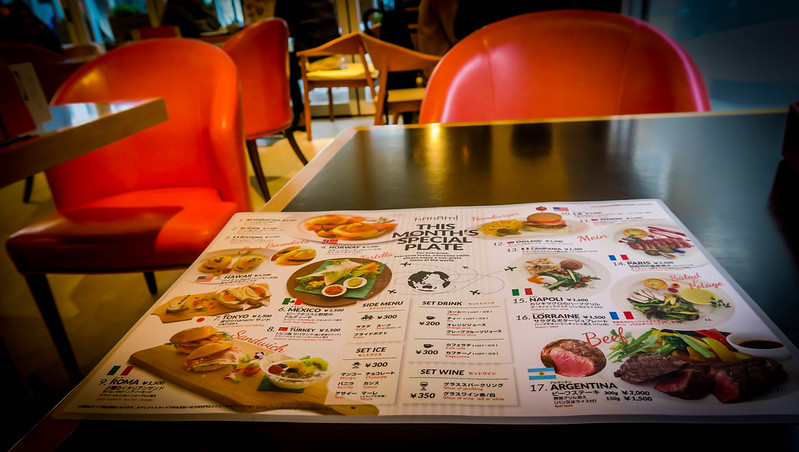
VIII. THERE IS NO TIPPING IN JAPAN?
That is correct. Japan is a country where you don’t have to tip? Although sometimes you may feel obliged to but many Japanese are awesome that they will help you or give great customer service. There are times where I offered money and they said “no need”. That’s what I love about Japan.
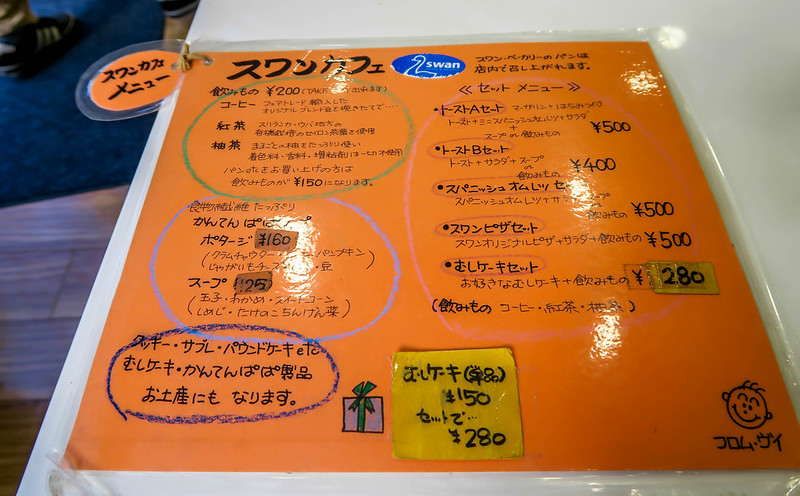
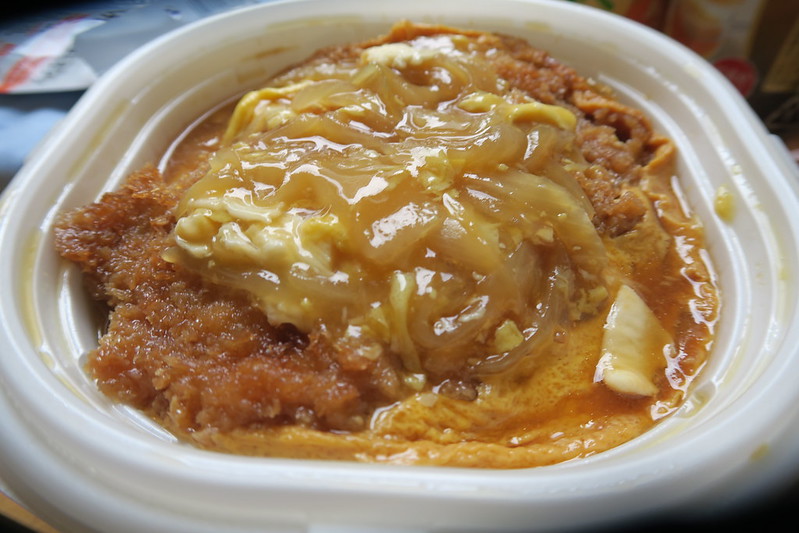
IX. I DON’T HAVE MUCH SPENDING MONEY, CAN I STILL EAT AFFORDABLY IN TOKYO?
Yes. There are many people who travel around the world and budget enough to eat cheaply without breaking the bank. While Japan may seem expensive, many travelers on a limited budget are fine eating at convenience stores (conbini) and a cafe, where food is inexpensive. And the food at these convenience stores and cafe’s are very good.
How to Eat Inexpensively while in Japan
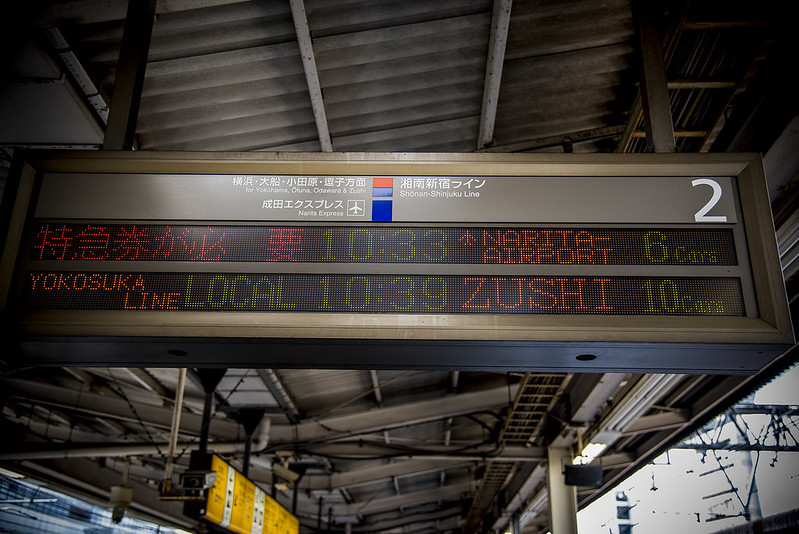
X. HOW MUCH SHOULD I SAVE FOR JAPAN?
This depends on your cash flow. How much you have budgeted for traveling to Japan.
My first time in Japan, I was only a student and I didn’t have much spending money at all. I ate at convenience stores and I think I only had $750 saved for two weeks and by the end of my trip, I only had like Y2000 yen left.
My advice is that to not blow your money to quickly at stores early on your trip. Also, research and plan your trip in advance.
So, let’s say you are staying for a month in Japan. Here is a simple way to budget things.
It’s important to note, this is an estimate and you may spend a lot less (or a lot more, if you intend to live extravagantly during your trip):
ROUND TRIP TICKET TO JAPAN: $1300
HOTEL STAY IN JAPAN: $1500
SUICA/PASMO/OR ANY MAJOR IC CARD: $300
JR PASS: $535
PORTABLE WIFI: $100
ARRIVAL TO JAPAN (WITHDRAW FOR INITIAL SPENDING MONEY, TRAIN/SUICA & NARITA EXPRESS): $200
SPENDING MONEY $3000
TOTAL: $6935
This is assuming you have your luggage and passport in advance. Otherwise, click here for more information on Passport costs.
Looking at the above, $7000 is expensive. So, if you are contemplating going to Japan the following year, you have a year to save up.
For flight, you can get great cheap flights from $530 – $1300 to Japan ala round trip. I recommend using H.I.S.
As for hotel, some people opt for Airbnb and spend only $35 a day or some insanely cheap deal for their entire trip. Some prefer hostels. Some like clean, inexpensive hotels. I recommend Sakura Hotel & Hostels.
You have to be realistic of how much you can save up and spend. JRPASS is great but instead of getting 21 days or 14 days, maybe all you need is 7 days. So, instead of spending $535, spend $262 for seven days. Or if you want to stay in Tokyo, forgo the JRPASS and focus on the IC Card (such as SUICA, PASMO). And as for your IC Card, you probably won’t spend more than $175 but still, I like to prepare for the unexpected and I think $300 is good to have just in case. I recommend JRPASS.com.
The Portable WiFi is a must and more than likely, you will only spend $60 but it all depends on where you buy from and what kind of MiFi you are getting. I recommend Japan Wireless.
And last, your spending money can always be adjusted from $1000-$3000+.
My recommendation is eliminate things in advance. The flight is #1, Hotel is #2, SUICA and Portable WiFi can be saved up and be taken care of easily and remember that the JR PASS, if you are getting one, you won’t be buying it until 60 days before the date you intend to use it, so that buys you some time. It’s the spending money that tends to take people a while to save up.
If anything, be realistic of what you can afford and how long you can stay. There are those who can backpack and stay at hostels and are fine eating a banana or something cheap each day and enjoying their trip on the most basic budget.
For me, I like to find balance and prepare in advance.
But just know that traveling is never cheap but it doesn’t mean it should cost you too much. Budget accordingly, look for the best deals, do a lot of research and make the best decisions that works for your budget.
